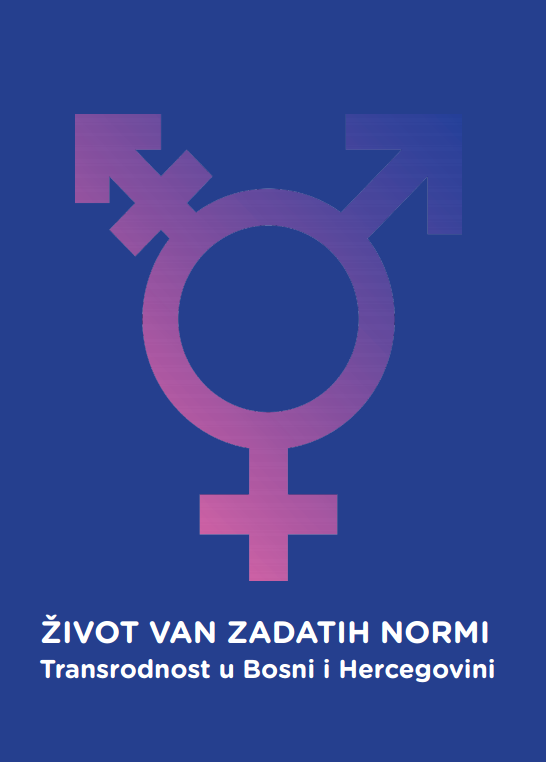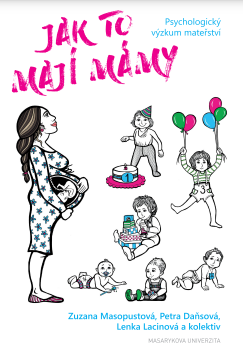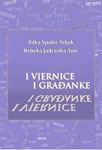Author(s): / Language(s): Bosnian
The book "Both Believers and Citizens" analyses the notion of women dignity, women position in society and marriage, public life, and their peace building role, within three religious traditions; Roman-Catholic, Orthodox and Islam, with the aim of construction and reconstruction of sex stereotypes. Philosophical-theological and cultural assumptions are given center of attention for their crucial role in each of the religious tradition on defining gender identities and gender roles, and original religious texts are therefore consulted. In that way contribution of religious traditions and individual engagament to implementation of The Article Five of Convention on the Elimination of All Forms of Discrimination against Women and UN Resolution 1325 on women and peace and security, i.e. to modification of cultural models, social and cultural patterns of conduct of men and women, and practices, prejudices and customs which are based on the idea of the inferiority or the superiority of either of the sexes, are also analyzed. Dignity and the human rights based on it, demand not only philosophical-tehological contemplations, but legal framework and respective institutions to protect and implement them, threfore this book addresses several religious communites' activities, without entering arena of legal discussion on harmonisation or differences between CEDAW articles, UN Resolution 1325 on women and peace and security, and legislations and teachings of churches and religious communities. The book is divided into four chapters. Chapter one elaborates and criticially examines the existing national and international legal instruments for the protection of human rights of women. After the historical overview of development of notion of human rights in general and human rights of women in particular, the gap between normative and factual is identified, followed by examples of discrimination and subordination of women both in public and private life. This gap is both enabled and supported by gender sterotypes that cultural and religious tradition try to justify. In the next three chapters, origin and religious (non) justification of gender stereotypes, from the three religious communities: catholic, orthodox and Islamic, point of views are deconstructed. The same structure and methodological approach is used in each of the three chapters. Topics covered are: dignity of woman, gender relations theories, gender relations in marriage and family, gender relations in public life, and impact of gender theories on peace building and engagement of women in peace building activities are also analyzed in the light of sacred texts and various theological traditions. Such approach opens the door to understanding in what way and under which circumstances gender identities were constructed within each of the religious communities, and what are the options available for the identity "deconstruction". Interrelations between religious traditions and intertwining of philosophical, theological, and cultural impacts on gender stereotypes formation are elaborated. What makes this reading unique when compared with similar studies analyzing relation between religious communities and human rights of women is more than one thing. First of all, it doesn't solely analyze teachings or legal regulations of particular religious communities but institutions and various initiatives lounged by religious communities in order to promote human rights of women. Secondly, from the religious point of view numerous issues of relevance for human rights of women are also considered: recognition of dignity and its implementation in both public and private sphere. Thirdly, attitudes of not one, but all three dominant religious communities in this geographic region - Bosnia and Herzegovina, are examined. Although relations of Catholicism, Orthodoxy and Islam towards human rights of women are treated separately, respecting the specificity of each religious tradition, including language, corresponding structure of work and methodology enable detection of common attitudes and influences. The fundamental aim of this work was to illustrate possibilities for establishing dialogue between civil and religious sector, and for reconciliation of religious and secular concept of human rights in regard to acknowledgment and implementation of human rights of women, as a prerequisite for establishment of more just gender relations in all aspects of life.
More...














